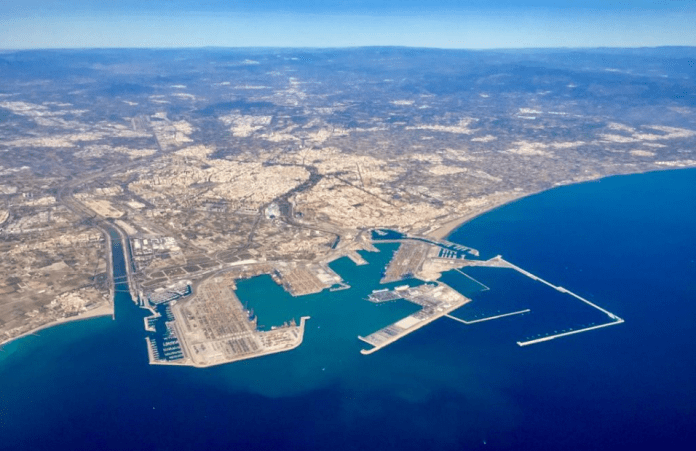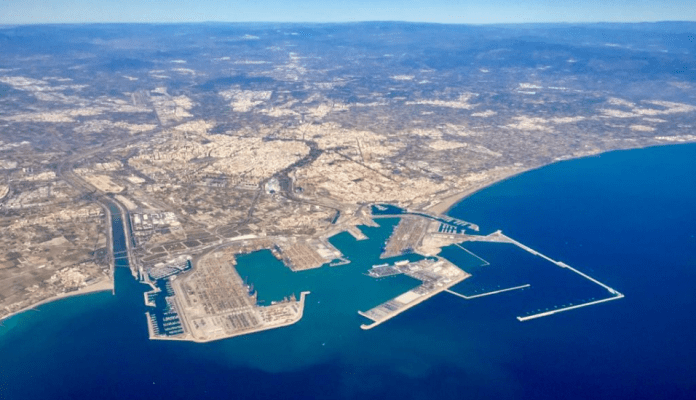The Port Authority of Valencia (PAV) has announced the launch of a new electrical substation at the Valencia Port as part of its effort to achieve zero emissions by 2030.
Particularly, Valenciaport has published the procedure for awarding the contract for the construction of the connection for the electrical substation of the Spanish port with a budget of US$3,309,089 (€2,803,030).
At the same time, PAV is preparing the specifications for the construction of the electrical substation, with a base tender budget of more than US$7.7 million (€6,539,701.33) and a completion period of 24 months.
This new project will allow the ships’ engines to be connected to shore power while they are berthed at the port facilities, and it will serve different docks of the port, the northern container terminal and the public passenger terminal.

In addition, the substation project will boost the port’s decarbonisation process as it will play a significant role in the reduction of emissions and operational costs for ship calls.
The infrastructure involves the installation of two transformers in two stages, with a total apparent power of 60 Mega Voltamperes (30 MVA each).
Moreover, the new electrical substation has the support of the European Commission through the Connecting Europe Facility (CEF) Committee, which is financing the project EALINGWorks Valenciaport, such as the preparation of the port’s electrical grid for Onshore Powel Supply (OPS) to container ships, ferries and cruise ships in both the container and the passenger terminals.
The carbon footprint of the Port of Valencia has been reduced by 30% from 2008 to 2019, while this project aspires to achieve zero emissions at the port by 2030, “two decades ahead of the objectives that Spain, Europe and international organisations have projected for 2050,” according to PAV.

 Tiếng Việt
Tiếng Việt
